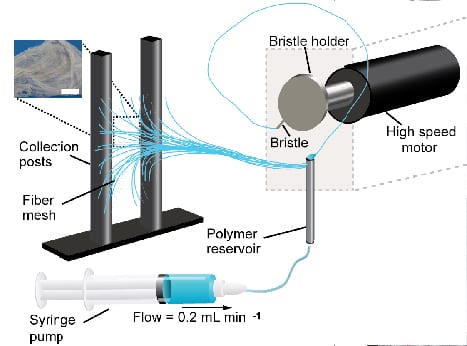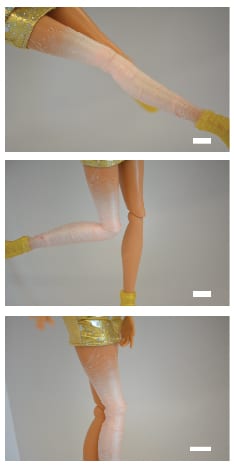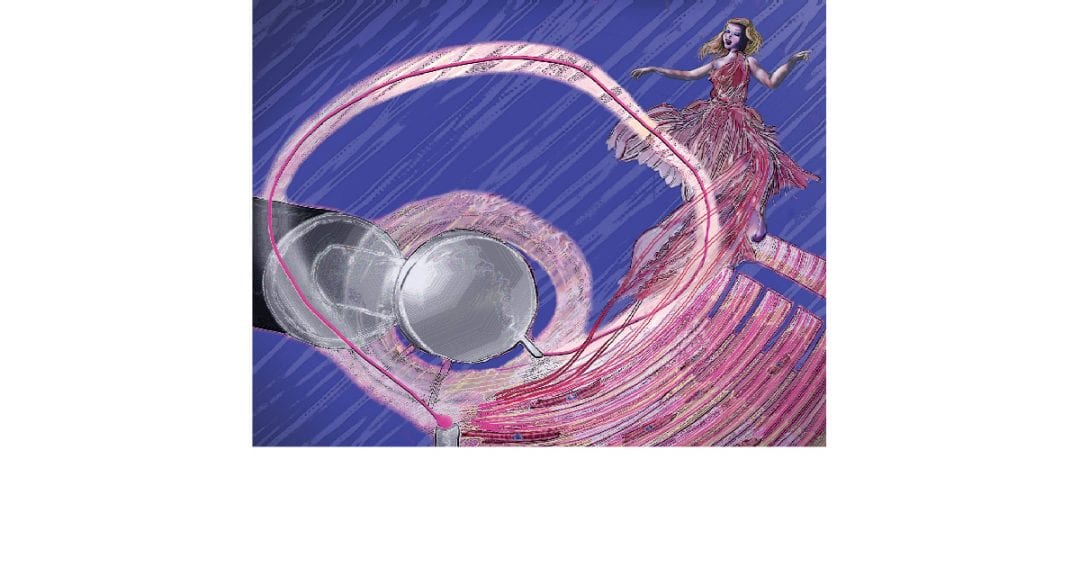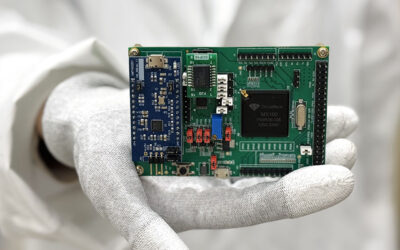Any Marvel Comics fan will tell you that the key to Spider-Man’s success is the strong fiber that shoots from his wrists. With the invention of a new nanofiber manufacturing system, point-and-shoot fibers have now moved from the comic pages to the laboratory.
Nanofibers are compelling building blocks for engineering biocompatible materials due to their high strength-to-weight ratio, surface area, and flexibility. These properties have motivated their use in a wide range of applications, including tissue engineering, filtration, sensors, and – more recently – textiles.
However, scalable manufacturing of aligned nanofibers under ambient reaction conditions remains a challenge. Controlling fiber alignment is important when designing fibrous materials because it directly impacts their mechanical properties and subsequent function. Current fabrication methods represent a trade-off between precise fiber alignment and high production rate, and are limited by processing parameters such as electric field, high temperatures, or external alignment devices.
To bridge this technology gap, Leila Deravi, Nina Sinatra, Kit Parker and colleagues from Harvard University have developed a new system that uses point-and-shoot manufacturing to rapidly produce aligned nanofibers. The system, termed pull spinning , was originally inspired by the motion of a cat lapping milk from a bowl. Similar to a cat’s tongue, the pull spinning system uses a rotating bristle to first dip into a polymer or protein reservoir, then draw the droplet into a solid nanofiber. When collected over several minutes, a fibrous sheet emerges. Fiber diameter can be controlled by varying the concentration and viscosity of the initial polymer solution, and the authors present a mathematical model that describes this dependence.
, was originally inspired by the motion of a cat lapping milk from a bowl. Similar to a cat’s tongue, the pull spinning system uses a rotating bristle to first dip into a polymer or protein reservoir, then draw the droplet into a solid nanofiber. When collected over several minutes, a fibrous sheet emerges. Fiber diameter can be controlled by varying the concentration and viscosity of the initial polymer solution, and the authors present a mathematical model that describes this dependence.
The capabilities and versatility of the platform are put into action using case studies from two distinct fields. In the first study, nanofiber scaffolds were built to recapitulate the nanostructure and support the functional measurement of engineered skeletal and smooth muscle tissue. The second proof-of-concept demonstrates the application of pull spinning to point-of-wear apparel by fabricating nanotextiles directly onto the knee joint of a doll that can be flexed over multiple cycles without delaminating the textile.
Collectively, this work illustrates a new technique to engineer aligned nanofabrics on demand, an analysis of manufacturing process physics for the system, and the fabrication of customizable nanofibers for biomedical and textile applications.

















